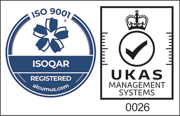The recent research paper from Tomoto Otsuka et al (Chem. Pharm. Bull. 66, 554-561 2018) have shown that high shear granulation processes can influence final product properties such as tablet dissolution and hardness.
The question raised by this paper was related to useful methods of evaluating the “kneading state” of a wet mass obtained during the granulation process. The most commonly used methods of doing this are either the “hand squeeze test” or measurements of the power consumed by the granulator to determine the granulation endpoint. However, Otsuka suggests that with these two techniques it is not always possible to detect differences in the “kneading state” (consistency). In addition, it is also suggested that not only are the limitations of a subjective “hand squeeze test are obvious” but also that the power consumption will depend on the individual equipment and the manufacturing scale.
Neither of these measurements are optimum choices to give an absolute and quantitative measure of the consistency of the granulation. The paper proposes a direct, accurate and repeatable measurement method of granulation consistency from small samples from the granulation and shows how the data obtained using the Caleva Mixer Torque Rheometer (MTR) bears a significant correlation to both tablet dissolution rate and tablet hardness.
Contact Caleva to obtain the full research article by Pharmaceutical Research and Technology Laboratories Astellas Pharma Inc. and Department of Pharmaceutical Engineering, School of Pharmaceutical Sciences, University of Shizuoka



Leave A Comment